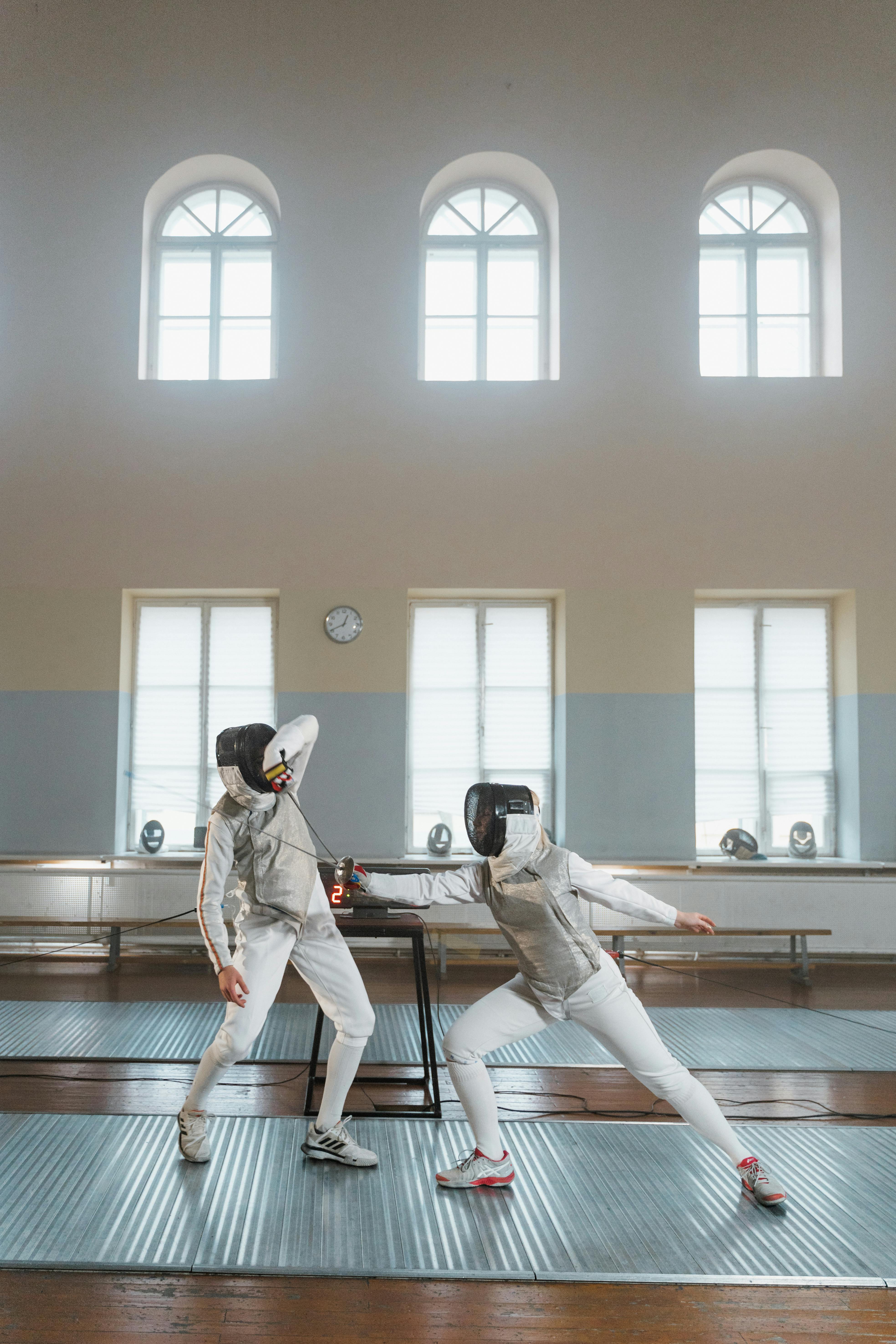The Intricate Dance of Fencing: A Journey of Precision, Speed, and Strategy
Few sports combine the need for precision, speed, and strategy quite like fencing. This elegant and complex sport has a rich history that has seen it evolve from a life-saving skill during duels to a modern Olympic sport. This article will delve into this journey, examine the current trends, and explore the real-world applications of the skills developed in fencing.

A Historical Perspective
Fencing began as a form of training for duels and military engagements. Its origins can be traced back to the 12th century, where it was seen as a vital skill for knights and nobles. The sport rapidly evolved with the development of different types of swords, each requiring unique techniques and strategies.
In the 19th century, fencing migrated from the battlefield to the sports arena, becoming a popular competitive sport. The first fencing schools were established in Spain, Italy, and France, each developing its unique style reflecting their cultural and military histories.
Fencing Today: A Blend of Old and New
Fencing has come a long way since its early days. Today, it is a highly tactical sport requiring a perfect blend of physical prowess, mental agility, and strategic thinking. Modern fencing has three competitive categories—foil, epee, and sabre—each with its own rules and techniques.
Interestingly, despite its evolution, fencing remains true to its classical roots. The footwork, precision, and strategy still echo the duelling traditions of the past, making fencing a unique blend of old and new.
The Art and Science of Fencing
Fencing is more than just a game of attack and defence. It is an intricate dance that requires a keen understanding of distance, timing, and opponent psychology. The ability to anticipate an opponent’s move and respond with the right counter-attack is crucial.
Research supports the cognitive benefits of fencing. It enhances decision-making, problem-solving, and concentration skills. It’s a sport that not only keeps you physically fit but also mentally sharp.
The Challenges and Rewards of Fencing
Like any sport, fencing has its challenges. It requires dedication, discipline, and a lot of practice. The physical demands are high—speed, agility, and endurance are key. The mental aspect is equally challenging. A fencer must be able to make split-second decisions under pressure.
But the rewards of fencing extend beyond the sports arena. The skills developed—discipline, strategic thinking, and mental agility—are applicable in many areas of life. Fencing also instils a sense of respect and sportsmanship, as it remains a sport deeply rooted in etiquette and honour.
Fencing’s Legacy and Future
Fencing is a sport that beautifully marries history, art, and science. It’s a testament to how a sport can evolve while staying true to its roots. As we move forward, fencing continues to grow in popularity, with more people appreciating the unique blend of physical and mental challenges it presents. As an activity that builds character, enhances cognitive ability, and promotes physical fitness, fencing’s future looks bright indeed.
In the intricate dance of fencing, we find a sport that is more than just a game—it’s a celebration of precision, speed, and strategy. A sport that hones the body and sharpens the mind. A sport that, in every thrust, parry, and riposte, tells a story of its rich and vibrant history.




